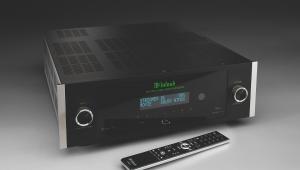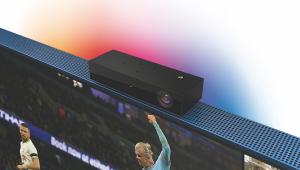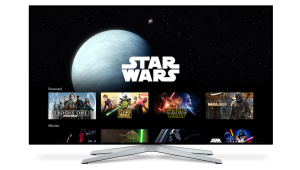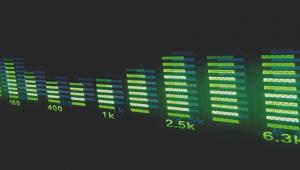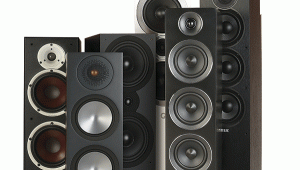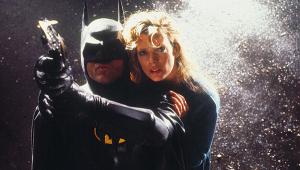Could James Cameron's return to Pandora with Avatar: The Way of Water kickstart a 3D TV revival?
![]()
Will the Avatar sequel usher in a new generation of 3D TVs? I’ve been pondering this since seeing James Cameron’s mega-budget sequel.
The original Avatar, which as we all know proved rather popular in theatres when released in 2009, led to a new generation of 3D in the home. For a while, it was next to impossible to buy a premium TV that wasn’t 3D enabled, and a slew of BDs were released on the format. Rival TV brands championed different 3D formats, active and passive, each claiming theirs to be better. Then the 3D bandwagon ran out of gas.
Still, stereoscopy is nothing if not persistent. It’s a cyclical trend, and the Avatar sequel might well herald its return. I put this to LG, the OLED innovator. LG Display is a primary source of glass used by the TV industry, so it should know. This was the spokesperson's reply: 'As a person that loves 3D, I understand your desire for 3D TVs to make a comeback but at this date we are not ready to announce any new 3D TVs.'
Now I found this interesting. It wasn’t a flat out ‘no’, for one thing. Obviously, LG is not going to confide confidential info about upcoming developments, even to your favourite AV Avenger. The smallest advances are swathed in secrecy and only divulged under embargo. But I think you might interpret that reply as a ‘maybe’ – at a stretch.
The future is bright?
Whatever your view of 3D, the prospect of a next-gen 3D TV is mouthwatering. One of the initial problems with the format was image brightness, specifically the lack of it. That wouldn’t be the case today, given that OLED panels are generally 20-30 per cent brighter than they were in the early 2010s.
Similarly, movie-making technology has evolved. Cameron’s film introduces a new style of variable High Frame Rate projection, dubbed 'Cinematic HFR'. When you saw Avatar: The Way of Water in 3D at a premium screen, be it Dolby Cinema, IMAX with Laser or Sony Finity, you saw it projected in 48fps, rather than the standard 24fps. But the film itself is a mix of 24fps and 48fps – the underwater bits, and some of the flying sequences, are presented 48fps, while the rest is 24fps. This prevents the movie looking hyper-real and stagey, a problem that has beset previous HFR movies such as Ang Lee’s Gemini Man and Peter Jackson’s The Hobbit.
The 24fps sequences are presented in theatres as double frames, that’s to say the same frame is shown twice. This mix and match technique, developed by TrueCut Motion and applied during post-production, is undetectable when watched, but the results are stunning. Not only does the process remove the blur and judder associated with 24fps, it also stops the film looking cheap (which it definitely isn't) and soapy.
Helpfully, more and more TVs handle High Frame Rate video, driven by the popularity of 120fps gaming. It’s entirely conceivable that 48fps support could be introduced down the line, in a new generation of TrueCut Motion-certified screens.
Of course, if we do get this new generation of 3D TV, where would the software come from? Blu-ray is a non-starter. UHD discs don’t support 3D or 48fps. So it would have to come via streaming platforms. This is far more doable, as the streamer controls both playout and decoding within an app, and can update either as required.
Will 3D TVs make a comeback? I wouldn’t be too surprised. But I’ll wager a week's worth of fish they won’t be curved.
 |
Home Cinema Choice #351 is on sale now, featuring: Samsung S95D flagship OLED TV; Ascendo loudspeakers; Pioneer VSA-LX805 AV receiver; UST projector roundup; 2024’s summer movies; Conan 4K; and more
|


